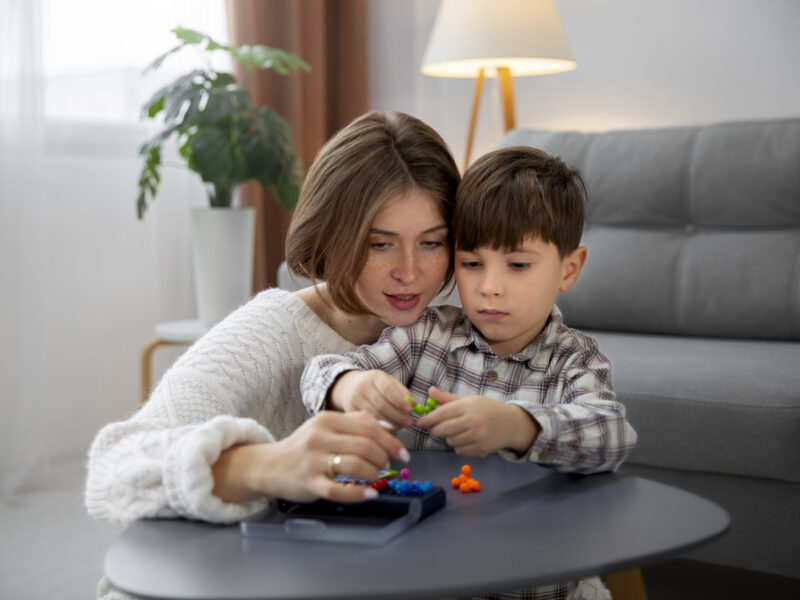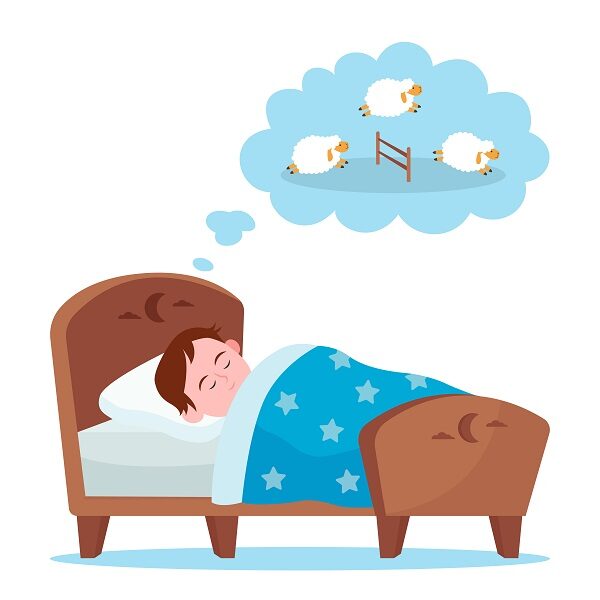
What is Autism? Symptoms and Treatment
390
Introduction
Autism, a neurodevelopmental disorder, affects millions of individuals worldwide. It is characterized by a range of challenges in social interaction, communication, and repetitive behaviors. Autism, also known as Autism Spectrum Disorder (ASD), is a complex condition that manifests differently in each individual, creating a diverse spectrum of unique minds. In this blog, we will delve into the world of autism, exploring its causes, diagnosis, common traits, and most importantly, the significance of acceptance and support for individuals with autism.
Understanding Autism Spectrum Disorder
- The Spectrum Concept Autism is often referred to as a “spectrum” disorder because it encompasses a wide range of symptoms and varying degrees of impairment. While some individuals with autism may struggle with verbal communication and social interactions, others may possess exceptional abilities in specific areas such as mathematics, music, or visual arts. Recognizing the spectrum nature of autism is crucial to appreciating the diversity and potential of individuals on the autism spectrum.
- Diagnosis and Early Signs Autism can be diagnosed in early childhood, typically around the age of two or three. However, in some cases, diagnosis may occur later, especially for individuals with milder symptoms. Common signs include delayed speech or language skills, difficulties in social interactions, repetitive behaviors or obsessive interests, and sensory sensitivities. Early identification and intervention play a vital role in facilitating a child’s development and improving their quality of life.
Exploring the World of Autism
- Sensory Sensitivities Many individuals with autism experience heightened or reduced sensitivities to sensory stimuli such as sounds, lights, textures, or smells. For example, a seemingly ordinary sound to others may become overwhelming or even painful for someone with autism. Understanding and accommodating these sensory sensitivities can greatly contribute to creating inclusive environments for individuals with autism.
- Communication Challenges Communication difficulties are a core characteristic of autism. While some individuals may struggle with verbal communication and understanding social cues, others may use alternative communication methods such as sign language, picture cards, or assistive technology. Encouraging and embracing diverse communication styles can foster meaningful connections with individuals on the autism spectrum.
- Special Interests and Abilities Many individuals with autism develop intense interests or hobbies in specific subjects. These interests can range from dinosaurs and trains to complex scientific concepts or intricate artistic creations. Nurturing these passions not only provides individuals with joy and fulfillment but can also serve as a gateway to learning and skill development.
Promoting Acceptance and Support
- Embracing Neurodiversity Autism is just one aspect of the vast neurodiversity within our society. By embracing neurodiversity, we acknowledge that each individual possesses unique strengths and challenges. Shifting our focus from “fixing” individuals with autism to supporting their needs and celebrating their abilities promotes inclusivity and fosters a more compassionate society.
- Educating Others Increasing awareness and understanding of autism is crucial for creating an inclusive environment. By educating ourselves and others about autism, we can debunk myths and misconceptions, challenge stigmas, and foster a culture of acceptance and support. Autistic individuals and their families can play an essential role in sharing their experiences and insights, helping to promote empathy and understanding.
- Building Inclusive Communities Inclusive communities provide safe spaces where individuals with autism can thrive. Schools, workplaces, and recreational organizations can implement accommodations and support systems to ensure equal opportunities for individuals on the autism spectrum. By fostering an inclusive culture that values diversity, we can create a more accepting and supportive society for everyone.
Conclusion
Autism is a complex and diverse condition that deserves our understanding, acceptance, and support. By embracing the unique strengths and challenges of individuals with autism




